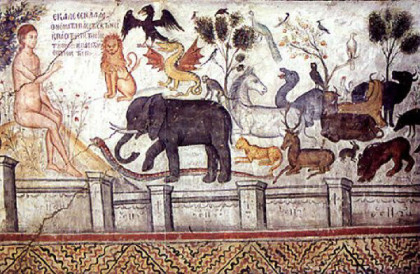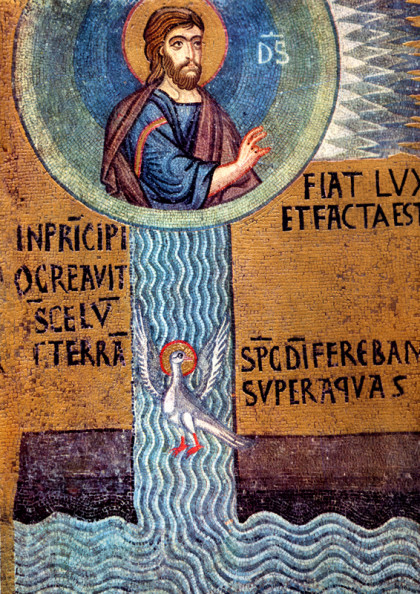David Parry wraps up his Scholar's Call series on Communication for Communion. Find Part 1 here, Part 2 here, and Part 3 here. Part 4: Communication and Communion It is a mistake to see language as purely instrumental in the sense of being just to convey information or to get things done. Some aspects of verbal communication don't have any particular conceptual content to them – rather they are there to form or to maintain a connection between persons. For instance, “How are you?” is not primarily a request for … [Read more...] about Communication for Communion, Part 4 (Scholar’s Call)
Communication for Communion series
Communication for Communion, Part 3: Babel and Pentecost (Scholar’s Call)
Last week's post discussed the quest for the Adamic language in the early modern period, understood as a language in which words correspond exactly to the things they represent. This post is Part 3 of a series. See Part 2 here and Part 1 here. But was there ever a language in which the totality of a thing in its essence was communicated fully in words? James K.A. Smith, a Christian philosopher at Calvin College, says no. In his book The Fall of Interpretation, Smith argues that human beings were never intended to … [Read more...] about Communication for Communion, Part 3: Babel and Pentecost (Scholar’s Call)
Communication for Communion, Part 2: The Quest for the Adamic Language (Scholar’s Call)
David Parry continues his Scholar's Call series on communication and language. See Part 1 here. Post 2: The quest for the Adamic language So what language did Adam and Eve speak in the Garden of Eden? This was a question of significant interest in the early modern period (around the 16th and 17th centuries).1 The majority scholarly opinion, following Augustine, went with Hebrew.2 However, other options were available. For instance, Jan van Gorp argued in his 1569 work Origines Antwerpianae that the original language … [Read more...] about Communication for Communion, Part 2: The Quest for the Adamic Language (Scholar’s Call)
Communication for Communion: Language Human and Divine, Part 1 (Scholar’s Call)
Image: Creation, Day 1 David Parry starts off our Scholar's Call Series collection with an exploration of communication and language in light of Christian theology. This material was shared as a talk at the literature stream of the Developing a Christian Mind conference in Oxford in 2013. Here we present it as a series of reflections on the blog. Want to contribute shorter material to the Scholar's Call Springboard collection or longer material to the Scholar's Call Series collection? Fill out our Fall 2015 Writer's … [Read more...] about Communication for Communion: Language Human and Divine, Part 1 (Scholar’s Call)



